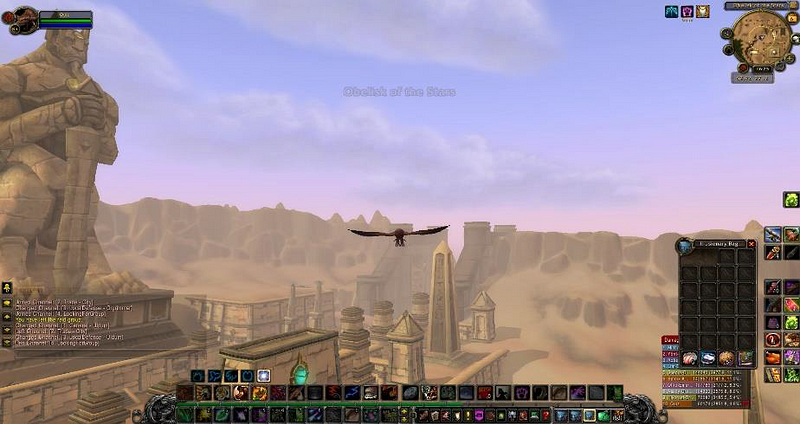Expanded summary submitted to the II Student Seminar on Communication in the Graduate Studies Program in Communication Sciences of Unisinos, by Camila de Ávila. Translation by Rodrigo B. Mattos.

It is interesting to think about the videogame as a cultural object: in the same way that culture is / creates the videogame, it is / creates culture as well. The videogame presence in our contemporary technoculture is an indisputable fact and deserves to be studied archaeologically. As Fischer (2015) brings with Huhtamo and Parikka, the media archaeology “searches textual, visual, and sound files; as well as collections of artefacts, emphasising both the discursive and material manifestations of culture “(HUHTAMO, PARIKKA, apud FISCHER, 2015, p.185). However, while media archaeology perceives the game as a physical artefact (manuals, cartridges, records) exploring its use history (personal, commercial level), archaeogaming literally interprets games as archeological sites, built environments, landscapes and artefacts. That is, it is not very different from anywhere in the world outside the game that has been manipulated, transformed or controlled by people from both the past and the present.
Andrew Reinhard (2018), brings us the concept of archaeogaming: an archeology both in and of digital games. The games are rich archeological sites where “game-spaces held within those media can also be understood archaeologically as digital built environments containing their own material culture” (REINHARD, 2018, p.2). We investigators, as players, collect, construct, destroy enemies, complete missions, level up, unlock map points: the game parallels archeology, which is also digging, dissecting, looking at messy information and doing something with them. Here, we are proposing to do an archeology within the game itself. So we must invent a path and have a way to perform this action: to enter objects through excavations and to produce layers, as well as think of the soil where it is excavated.
For Reinhard (2018), “archaeogaming concentrates on individual artefacts, as well as the content held within video games, their creation and use, how that content changes over time, and the mechanisms that drive that change” (REINHARD, 2018, p.12). If all digital games are archaeological sites, all video games are archaeological artefacts. Archaeogaming enables archaeologists to work in the open field on these surfaces: digging, dissecting, cataloging, within the universe of the game. Thinking about this new concept as a methodological proposal allows us to go beyond the materiality of videogames: as archaeo-gamers we can investigate both hardware and software and how they combine in the game’s gameplay.
We can explore modding communities (creating modifications to games) and how games change through ownership. We can explore how games change within a series and how they influence other games in a long tradition of flattery and theft. We can reverse engineer games to understand the underlying code and structures and the materials that house them. (REINHARD, 2018, p.3)
The archaeogaming presents itself as a methodological perspective not only with an inventive character, but also with the possibility of identifying layers such as the memory of the order of the game franchise, a memory of other media, among others. That is, there is no reason without the time: the development of videogames, the creation of virtual worlds, is iterative*. As stated earlier, archaeology is not limited to studying the past: what instigates archaeology is present in things, objects, artefacts, what it calls cultural material. Such culture reveals latent characteristics whether of a particular society or (techno) culture, whether process or some historical event, past or present. By accepting that the video game is an archaeological site, just as an archaeological site in the “real world”, we have a space where there is evidence of previous activities that are preserved and can be investigated using methods of archaeology. Everything we do has some reason to it, just as they are modified for a reason. For Reinhard (2018), “Archaeological sites are populated by material remains, which can be grouped together into data sets and interpreted” (REINHARD, 2018, p.89).
The same can be said of video games as they are patched and modified (modded) over time to meet the needs of both old and new audiences. Archaeologists should be able to recognise and describe the modes of existence of various objects and account for the numerous connections that flow out of these streams of experience, investigating the making of objects in contemporary societies. (YANEVA, 2013, p.131, apud REINHARD, 2018, p.90)
All this site that the game presents is constructed and then rebuilt, always being in a state of modification. Each element that constitutes the game and the events that take place there contribute to the emergence of a wider meaning of that environment. Archaeogaming allows us to realize that any record made in that environment will be able to gradually move from one location to another, varying from game to game. It is the manifestation of the code wrapped in layers of instructions of the game, a world in itself that contains a whole world. Looking at the game World of Warcraft, we have real archeological sites and examples of a past heritage that is invented within: runes and ruins, a ready material culture and ancient artefacts to be found. In Figure 1, Uldum is a territory that was inhabited by Titans, the first intelligent civilisation in the world of Azeroth: we have a scenario inspired by Ancient Egypt, where we can find ancient artefacts of the Titans.

Finally, there would be what could be called archeology of postmodernity, supermodernity, post-industrial era or late capitalism: cars, radios, Internet, technology, garbage, houses, underwear, airplanes, cosmetics … and of course, videogames.** (RASO, 2017, p.105)
When we think of game archeology, for Raso (2017), we must broaden empirical and analytical interest beyond the conservative ways of doing archaeology. In this way, thinking about an (an)archaeology or a punk archaeology (REINHARD; KOURELIS; CARAHER, 2014) clarifies why we do what we do: we have an archaeological practice with the intention of liberating archaeology from its formalities, understanding the “destruction” as a creative process and spontaneous form of expression. Excavating, dissecting and exploring within digital games allows us to see how cultures within games change as the interactions take place: as archaeologists and players, through the character we lead in the game, we dig virtual lands of their own digital world.
Off screen, these spaces are composed of remnants of human occupation, elements left behind to at least have a definition of the place itself. With games it’s no different. In the synthetic world, we can move to the installation directory and gradually extract files and content from them that, when used together, generate the surface of the game on the screen. We have the games as archaeological sites made up of artefacts that work together. Everything that is introduced into immaterial space comes from its external cultural source, one way or another. Thus, archaeogaming as a methodological practice for studies of and in digital games in an audiovisual technocultural environment, appears to be a powerful concept.
References
FISCHER, Gustavo Daudt. I don ́t wanna be buried in an app cemetery: reflexões sobre arqueologia da mídia online entre histórias de aplicativos derrotados. In: FERNÁNDEZ, Adrián José Padilla; MALDONADO, Alberto Efendy; VELA, Norah S. Gamboa. (OrgS.). Procesos Comunicacionales Educación y Ciudadanía en las Luchas de los Pueblos. Caracas: Fondo Editorial CEPAPUNESR, 2015. (p. 183–202).
RASO, Daniel García. Yacimiento píxel: los videojuegos como cultura material. Madrid: Jas Arqueología, Ed. 1, 2017.
REINHARD, Andrew. Archaeogaming: a introduction to archaeology in ando f vídeo games. New York: Berghahn Books, 2018.
REINHARD, Andrew; KOURELIS, Kostis; CARAHER, William. Punk Archaeology. The Digital Press: University of North Dakota, 2014.
Notes
*Iteration is the process in software programming responsible for the repetition of one or more actions.
**Por último, quedaría lo que se podría denominar arqueología de la posmodernidad, súpermodernidad, de la era posindustrial o del capitalismo tardío: coches, radios, Internet, tecnología, basura, hogares, ropa interior, aviones, cosméticos… y, por supuesto, videojuegos. (RASO, 2017, p.105)

